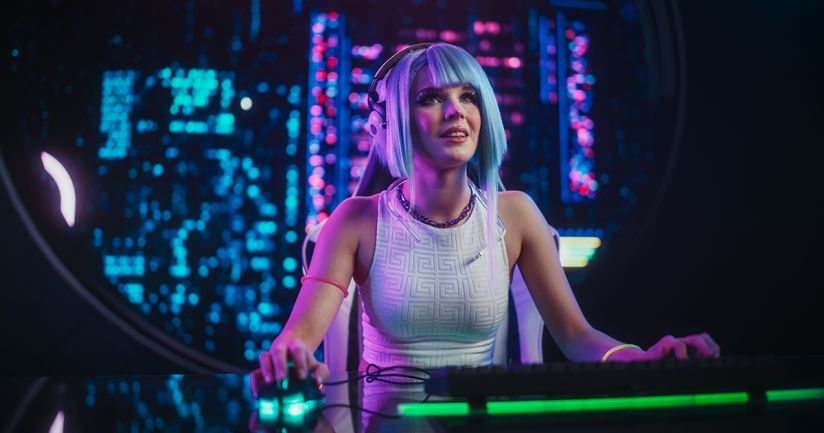Why so few women in esports?
Dematerialized, young, one could think that video games favour parity between men and women. However, if nearly one amateur player out of two is a woman, they are rare in the classified tournaments.

If esport competitions are historically mixed, 100% women championships have been created in the 2010s. The aim is to promote female players, who are rarely present on the podium. Servane Fischer, esport manager at Women in Games France, reckons however that this good intention can maintain a differentiation between women and men. Because when you think about it, esport is essentially about personalities, rather than physical characteristics of the players.
But stereotypes are hard to break. Women would not play well enough, or have the nerves, to evolve in competition. Intensive training, combined with the constraints of everyday life, can maintain a form of self-censorship or discourage some candidates from going professional, according to Servane Fischer. Indeed, today only 6% of the people playing in ranked games are women1.
Added to this is a lack of representation among the world champions. The same players are too often cited: the Chinese player Liooon – world champion on Hearthstone in 2019; the French Kayane, chosen as ambassador of esports by the French government in 2016; or the Canadian Scarlett on the game StarCraft II. The latter is the richest female player to date, but she reportedly earns only about 3% of the income of her male equivalent on Dota2, Finnish N0tail. Servane Fischer summarizes the problem mathematically: "Out of 2,500 participants in a competition, there will be maybe 5 professional players. Let's say there are 80 women registered at the start... the chances of having professional players are slim. And even more so to break through the glass ceiling."
To finish with, the industry seems to be now more aware of the overall question of mentalities. Game publishers are making efforts to limit toxic, sexist or homophobic behaviours in chat rooms, but also to offer less stereotypical female characters. The famous heroine Lara Croft, for example, has gradually adopted a more realistic body shape. However, there is still some way to go: the proportion of games based on female or non-gendered characters still painfully reaches 21% in 2020, vs. 11% the previous year2. To help players "identify" with their characters, publishers offer instead a wider variety of character choices in 54% of the time, for both team-based games like League of Legends and individual fighting games like StreetFighter.
Discover Women in Games France
Created in 2017 by Audrey Leprince and Juliette Chalmette, the association works to promote gender diversity in the video game industry. The association now has more than 2,200 members – including Societe Generale – and carries out actions throughout France.
In 2019, their esport division created the "I-WIG" incubator, supported by the Group and game publishers Riot Games and then Ubisoft France. It aims at enabling at enabling talented female players to integrate the professional esport scene. For its third season launched in the spring, a dozen French and European female players are individually coached with professionals on 3 different games and develop competitively in mixed teams.
[1] Source: France Esport 2020 Barometer
[2] Source: Video games protagonists by gender (from 2015 to 2020), Feminist Frequency, October 2020